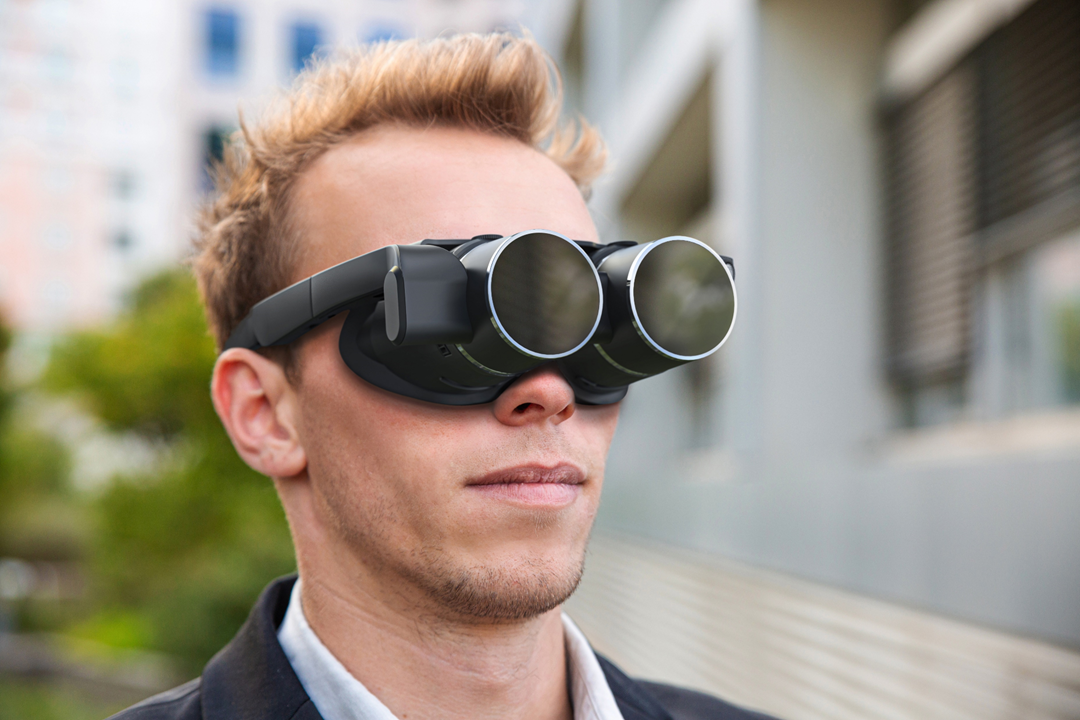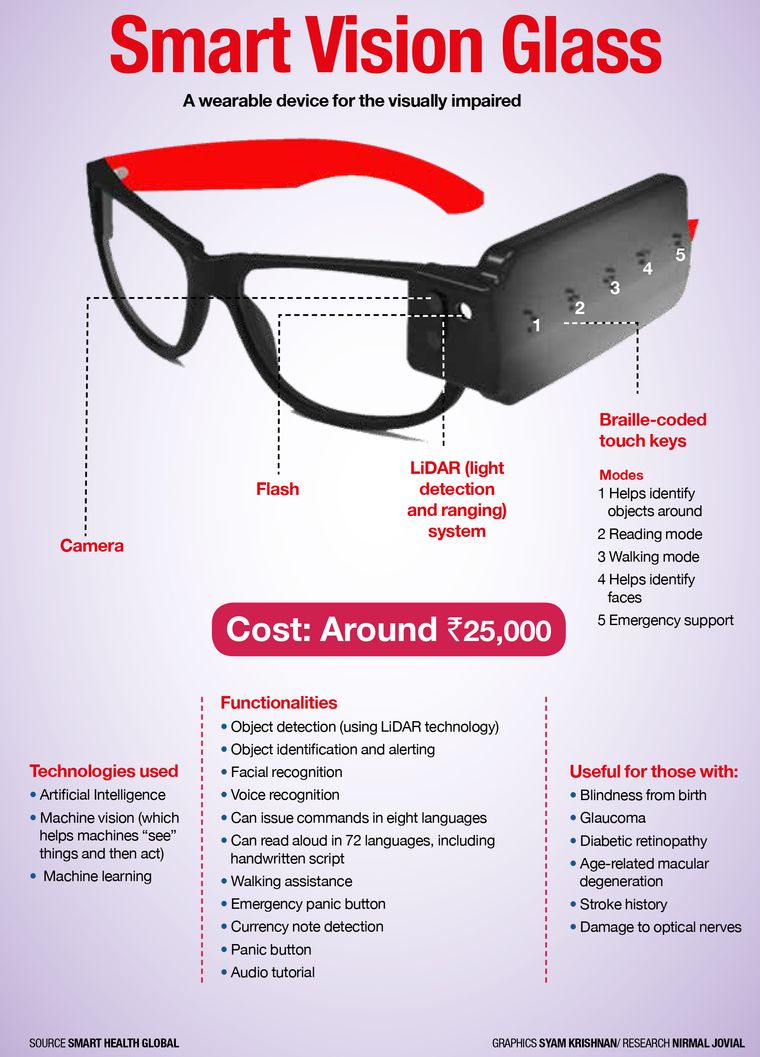AI-Powered Visual Aids: The Next Step in Assistive Technology for the Blind
Innovative Solutions in Assistive Modern Technology for Visual Disability
The landscape of assistive technology for visual impairment is progressing rapidly, providing a variety of innovative remedies that boost availability and freedom. From sophisticated smart device applications that help with navigation to wearable tools designed for real-time advice, these devices are reshaping the experiences of those with aesthetic impairments.
Innovations in Smart Device Applications
Over the last few years, developments in smartphone applications have significantly changed the landscape of assistive innovation for people with visual impairments. These applications utilize the effective sensing units and capacities of modern-day mobile phones to provide users with tools that enhance self-reliance and ease of access in their lives.
Remarkable among these advancements are applications developed for things acknowledgment, which make use of the smart device's electronic camera to determine products and offer spoken summaries. Such attributes encourage customers to navigate their atmospheres a lot more efficiently, whether determining items in stores or locating personal valuables in your home. In addition, text-to-speech applications have actually improved significantly, allowing individuals to capture published message through their tool's cam and get instant sound responses, consequently helping with analysis and understanding.
Community-driven applications have promoted social communication and resource sharing among individuals with aesthetic problems, developing a helpful network that enhances their high quality of life. On the whole, smart device applications have ended up being vital allies in promoting freedom and ease of access for individuals with aesthetic disabilities.
Wearable Devices for Navigation
Wearable tools for navigation have arised as a groundbreaking option for individuals with visual problems, offering hands-free aid that boosts wheelchair and positioning. These tools typically utilize sophisticated innovations, including GPS, ultrasonic sensing units, and fabricated intelligence, to supply real-time comments and instructions to users as they browse their environment.
One significant example of wearable navigating technology is smart glasses, which can spot obstacles and relay auditory or haptic responses to the wearer, enabling safe and reliable activity in various setups. Other gadgets, such as vests and belts furnished with sensing units, can likewise inform users of their surroundings by giving informs regarding close-by things or adjustments in terrain.
Furthermore, several wearable gadgets integrate with mobile phone applications, allowing users to tailor their navigating choices and receive tailored route suggestions. This personalization can dramatically improve the individual experience, empowering individuals to take a trip with better confidence and freedom.
As innovation remains to create, the possibility for wearable navigating devices to enhance the quality of life for people with visual problems continues to be significant, leading the way for even more comprehensive and accessible environments.
Smart Home Technology Assimilation

Furthermore, wise home appliances geared up with tactile interfaces or acoustic responses give user-friendly communications that provide particularly to the needs of those with visual problems. Smart fridges can introduce their materials and expiry days, while wise stoves can guide customers via the cooking procedure with audio guidelines.
Home automation systems, such as smart buzzers and protection electronic cameras, provide satisfaction by enabling users to get signals and accessibility live feeds via their smart phones, enhancing individual security (AI-powered visual aids). In addition, combination with smartphones and tablet computers guarantees that customers can manage their home setting from anywhere within their premises
As clever home innovation remains to develop, it holds the prospective to transform the living experiences of individuals company website with visual disabilities, promoting self-reliance and enhancing quality of life in a significantly linked globe.

Educational Equipment and Resources
Accessibility to reliable instructional tools and sources is crucial for individuals with visual impairments, as it equips them to engage fully in their learning experiences. Different assistive technologies have been established to improve ease of access and foster independent learning. Screen visitors, for instance, transform message right into speech, allowing pupils to gain access to electronic web content perfectly. AI-powered visual aids. Furthermore, refreshable braille display screens offer responsive comments, making it less complicated for students to communicate with composed product.
Furthermore, academic software application especially developed for visually damaged individuals offers attributes such as high-contrast settings and adjustable message sizes. These devices suit diverse knowing styles and make sure that trainees can customize their academic experience to their demands.
Moreover, accessibility to audio publications and electronic collections expands the variety of offered discovering materials, enabling pupils to explore subjects comprehensive without the limitations enforced by standard print resources. Collaborative platforms that incorporate ease of access features likewise promote group jobs, making sure that visually damaged trainees can add meaningfully alongside their peers.
Neighborhood Support and Involvement
A durable network of community support and involvement is necessary for individuals with visual disabilities, cultivating an inclusive atmosphere where they can thrive. Area organizations, neighborhood advocacy teams, and volunteers play an essential function in providing resources, info, and companionship, which are important for enhancing the lifestyle for those impacted by visual disabilities.
Involvement activities such as workshops, gatherings, and assistance teams not just assist in skill advancement however also advertise social interaction, minimizing sensations of seclusion. These campaigns urge individuals to share successes, difficulties, and experiences, consequently reinforcing community bonds. Additionally, collaborations with neighborhood businesses can cause greater accessibility in public areas, better integrating people with visual impairments right into the neighborhood.
Technology also improves area engagement through on-line platforms that supply online support teams and resources, permitting people to connect despite geographical obstacles. By taking advantage of both digital and in-person remedies, neighborhoods can develop an extensive assistance network. Ultimately, fostering partnership among various stakeholders-- consisting of households, teachers, and medical care specialists-- guarantees that people with aesthetic problems get the look these up all natural support required to browse life effectively and with dignity.
Verdict
Cutting-edge solutions in assistive innovation for aesthetic problems significantly improve the lifestyle for people dealing with these obstacles. The assimilation of smart device applications, wearable devices, wise home innovation, and instructional devices cultivates greater independence and accessibility. In addition, neighborhood assistance and interaction further empower visually damaged individuals, advertising inclusivity and like it engagement in various aspects of life. Collectively, these developments not just change daily experiences but additionally lead the way for an extra equitable culture.
The landscape of assistive technology for visual impairment is advancing rapidly, presenting a variety of ingenious services that enhance access and self-reliance. Community-driven applications have promoted social interaction and source sharing among individuals with visual problems, creating a helpful network that enhances their high quality of life. Overall, smart device applications have actually come to be indispensable allies in advertising autonomy and ease of access for individuals with aesthetic disabilities.
Lots of individuals with aesthetic problems are finding higher autonomy through the integration of smart home modern technology.Cutting-edge remedies in assistive technology for aesthetic problems significantly enhance the top quality of life for individuals encountering these difficulties.